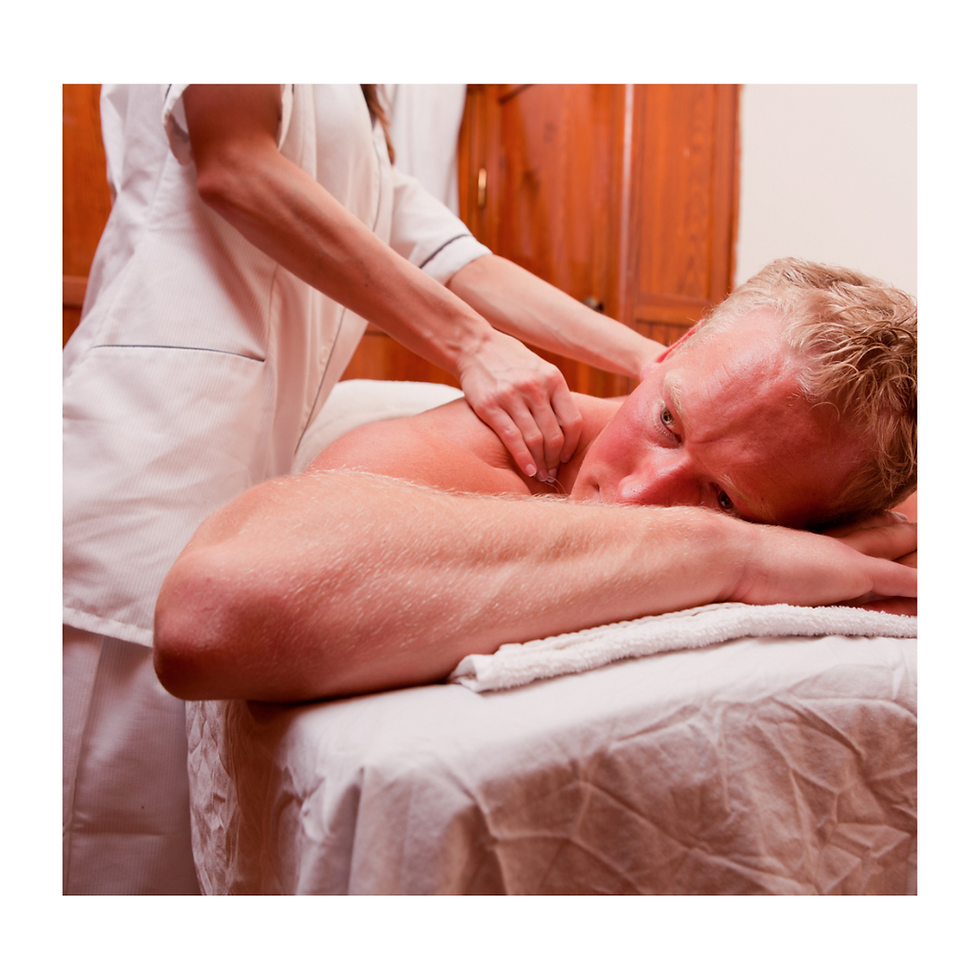
Massage therapy is a powerful tool for alleviating some of the debilitating symptoms of PTSD. By calming the nervous system, it can improve concentration and promote restful sleep. Releasing muscle tension helps alleviate physical pain and reduce the frequency of headaches. Additionally, massage stimulates the release of endorphins—the body’s natural painkillers—which help reduce stress, anxiety, and the effects of depression. This practice fosters a stronger connection between the mind and body, creating a sense of comfort and safety. Self-care massage techniques can also be invaluable for managing or preventing moments of extreme PTSD overstimulation.
Orthopedic and therapeutic massages provide significant benefits in helping the body regulate communication with the brain. These modalities enhance the brain’s ability to process stimuli, transition into different emotional states, and respond to environmental situations more gracefully. This reduces the likelihood of negative startle responses that can trigger PTSD episodes. Trauma is often stored in the body as adhesions within the muscles. By releasing these adhesions, massage therapy helps the body achieve a state of rest and fosters a sense of peace and calm. This relaxation improves the pathway between mind and body, supporting a harmonious state of homeostasis.
Like many other medical treatments and therapies, massage is most effective when experienced as part of a consistent series. This approach helps the body establish a new resting muscle memory. The combination of professional massages performed by skilled therapists and regular self-care practices at home delivers the best outcomes for improving the mental and physical health of individuals with PTSD.
Although managing PTSD can be challenging, massage therapy offers a holistic pathway toward healing. It helps improve mental, physical, and emotional well-being, offering individuals a chance to recover from traumatic experiences and embrace a more fulfilling life.
Elishea Currie, MMT

コメント